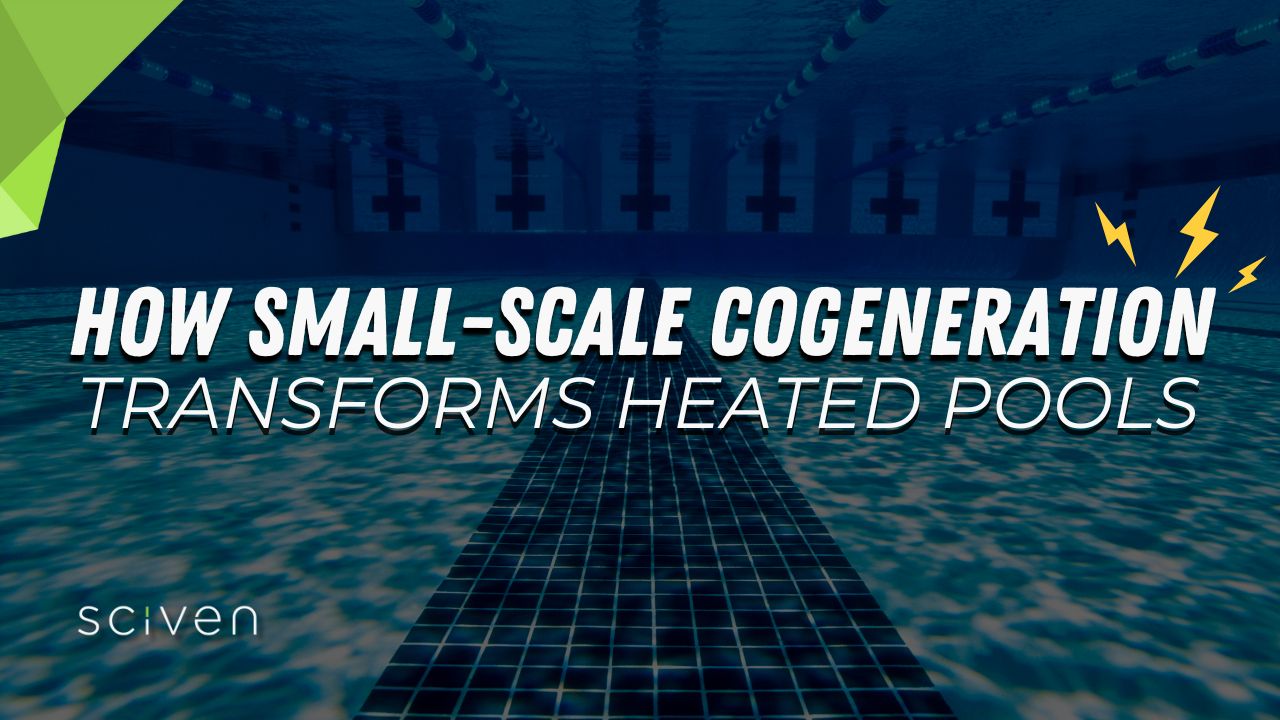Businesses across various sectors have adopted cogeneration systems, witnessing improved energy efficiency and cost savings. Comprehending regulatory frameworks and incentives can further enhance the adoption of these systems, allowing businesses to reap financial benefits while contributing to a greener environment.
By utilizing one energy source for both electricity and heat production, these systems enhance overall energy management and reduce operational costs significantly. This dual output capability eliminates the need for separate systems, making cogeneration technology a cost-effective and energy-efficient option for facilities with high thermal demands at 30 degrees, such as heated pools.
Additionally, the environmental impact of cogeneration cannot be overlooked, as it helps lower carbon emissions and aligns with sustainable energy practices. Through case studies and successful implementations in various industries, it is evident that adopting cogeneration technology can lead to lower energy costs and improved sustainability profiles.
Environmental Impact
Integrating such systems aligns with sustainable energy practices, crucial for businesses aiming for a reduced environmental footprint. The European Commission estimates that widespread use of cogeneration could save up to 100 million tonnes of CO2 emissions annually in the EU.
Technical Installation Process
The installation of SCIVEN’s cogeneration system is meticulously planned to ensure minimal disruption to business activities. The integration involves connecting the cogeneration unit to existing heating systems. Skilled technicians synchronize the setup with the facility’s energy management system to optimize thermal and electrical output.
System Efficiency and Management
The system’s efficiency is enhanced through real-time monitoring and automated adjustments. Advanced sensors and control systems measure and adjust parameters to reduce energy wastage and optimize performance, ensuring the system meets the energy demands of heating large pools.
How does it work?
The system uses thermal power as its primary source (like hot water from boilers) and produces electrical energy, which it injects into the facility grid, being consumed locally.
As a by-product, there is still enough power left to heat a pool, which can have considerable dimensions and even have a large outdoor area (with many thermal losses and water losses due to evaporation, requiring replenishment with cold water).
The electrical power is produced through a turbine that is driven by an organic fluid that alternates phases between vapor and liquid, through a Rankine cycle.
Don’t waste your time and your energy!
hello.dese@sciven.com


Margene.M
Real great info